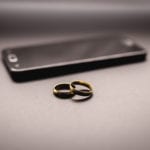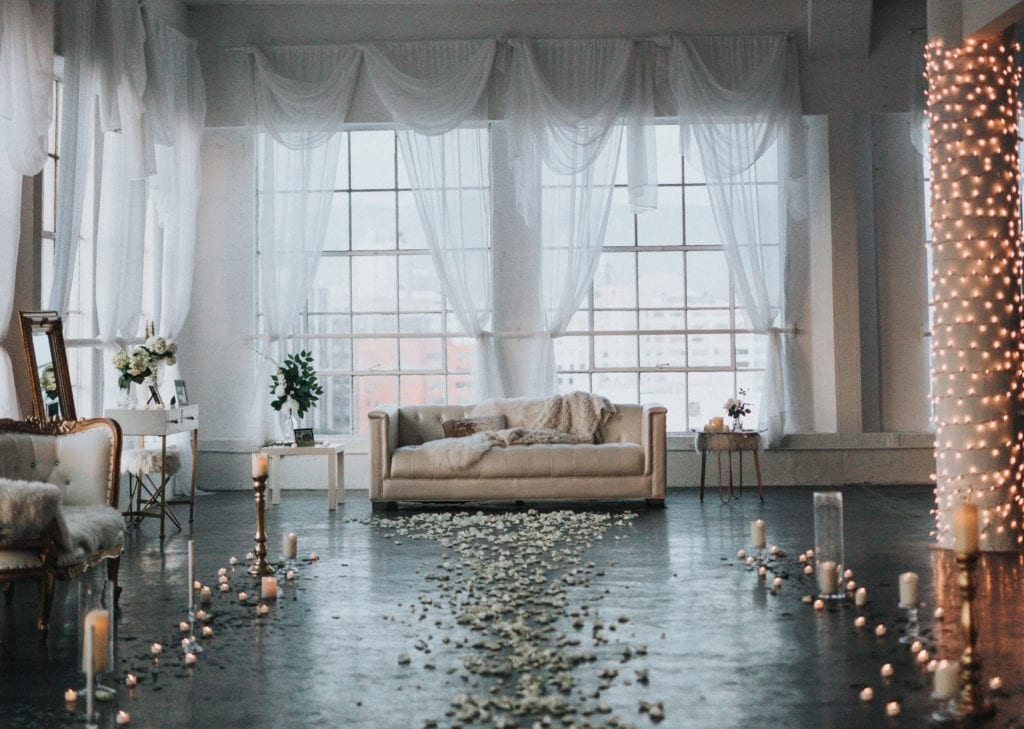
Click on any wedding site or blog or Instagram these days and you’ll see that elopements and their cousins, micro weddings, are having quite a moment, largely due, of course, to the pandemic.
We’ve seen a surprise ceremony at a Texas drive-in theater, a last-minute elopement at a Virginia vineyard en route to the (canceled) wedding, and a full-on stoop soirée framed by a bounty of florals for Elaine Welteroth’s gorgeous Brooklyn nuptials.
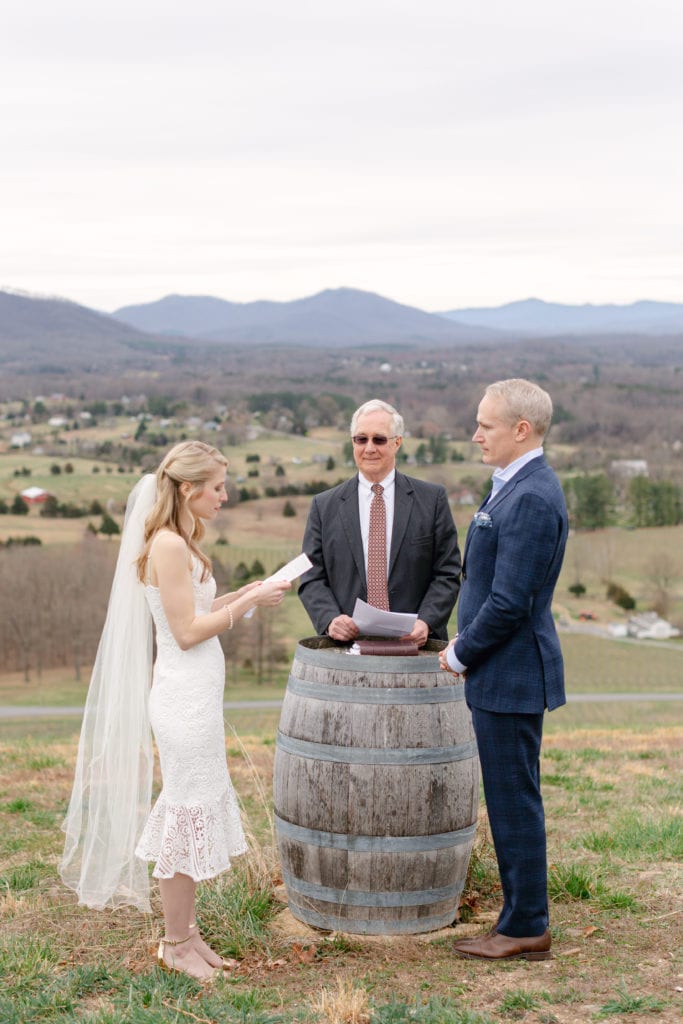
But eloping is nothing new. Throughout history, couples have often found ways to adapt to challenging circumstances in the name of love, and it’s often looked like eloping. Here’s a look at how eloping has taken shape over the past 500(!) years.
1593
The word “elope” is first dropped and means “to leave one’s spouse with a lover.” The 16th century sees an uptick in passion-fueled couples running off in secret to avoid arranged marriages.
1594 – 1596
William Shakespeare pens/plagiarizes the story of two teens from enemy families, Romeo and Juliet, who sneakily elope in Act 2, Scene 6 (we know how this ends).
1754
After Parliament requires parental consent for the marriage of minors, a flurry of English teens crosses the border to Scotland to elope at a blacksmith’s shop in the small village of Gretna Green. You can still elope there today—it’s now got a five-star resort—with the clank of an anvil announcing your union solid.
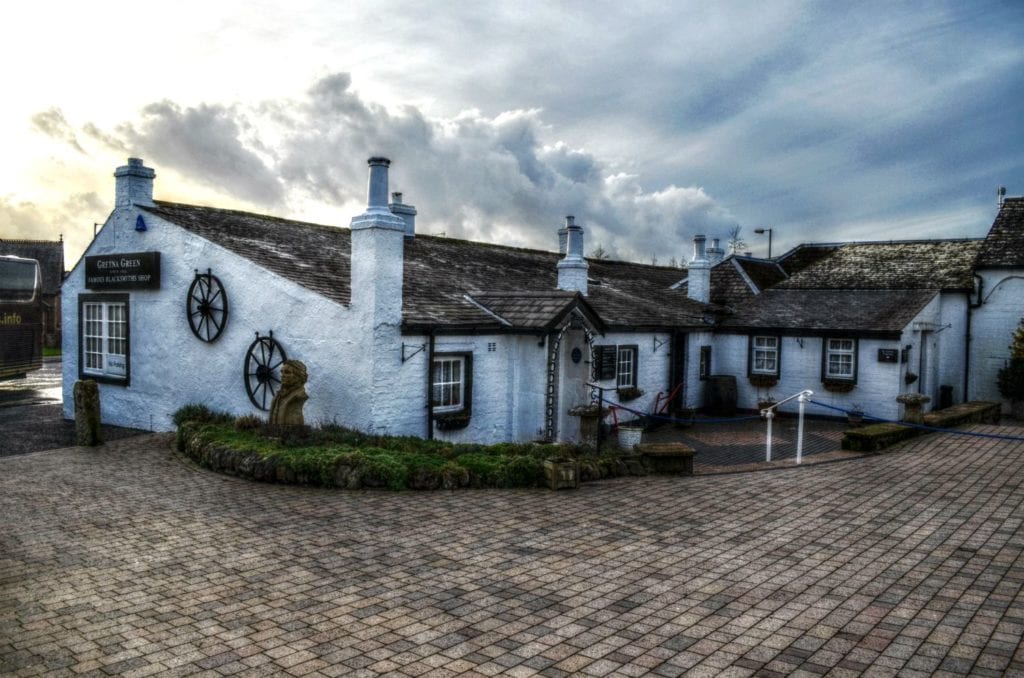
1773
Before she sews the first American Flag, Betsy Ross, a Quaker, elopes from Philadelphia to a tavern in New Jersey to marry a man outside her faith, John Ross, an Anglican. A few years later, she meets George Washington in Philadelphia, who puts in a request for this flag he’d like her to make.
1814
At age 16, Mary Shelley takes off in the middle of the night with her dad’s 20-year-old pal, Percy Bysshe Shelley, to elope from England to France. Four years later she finishes a little ghost story called “Frankenstein.”
1908
The Washington Post heir/playboy Edward Beale McLean elopes with heiress/Washington, DC socialite Evalyn Walsh, and on a trip to Paris a few years later, she buys the Hope Diamond for $180,000 from jeweler Pierre Cartier. She hides the 45.52-carat blue diamond—the most expensive diamond in the world at the time—under the couch cushions in her Georgetown home. (It’s now worth a cool $350 mil.)
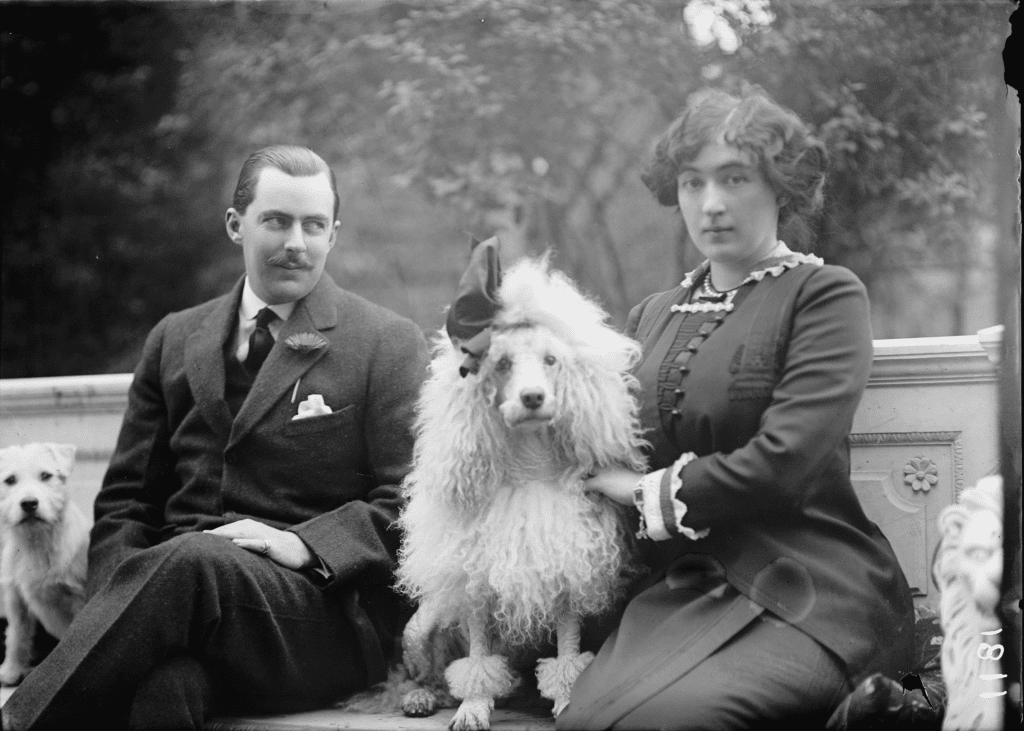
1930
Advice on weddings, the ultimate social event in the early 1930s, is sought after and dispensed with the debut of The Bridal Book of Etiquette, which states, “It is the worst possible taste to turn the occasion into an elaborate social function… The most beautiful weddings and those which linger longest in the memory of guests are the simplest affairs, so carefully managed that there is no confusion, no evidence of anxiety on the part of the bride or her family.” Which kind of sounds like an elopement, no?
1931
As the Great Depression swallows the country, Nevada Governor Fred B. Balzar plunks a marriage license bureau in Las Vegas’s train depot to encourage population growth and tourism in the state. He keeps the county clerk’s office open 24 hours a day, laying the foundation for quickie Vegas elopements as we now know them.
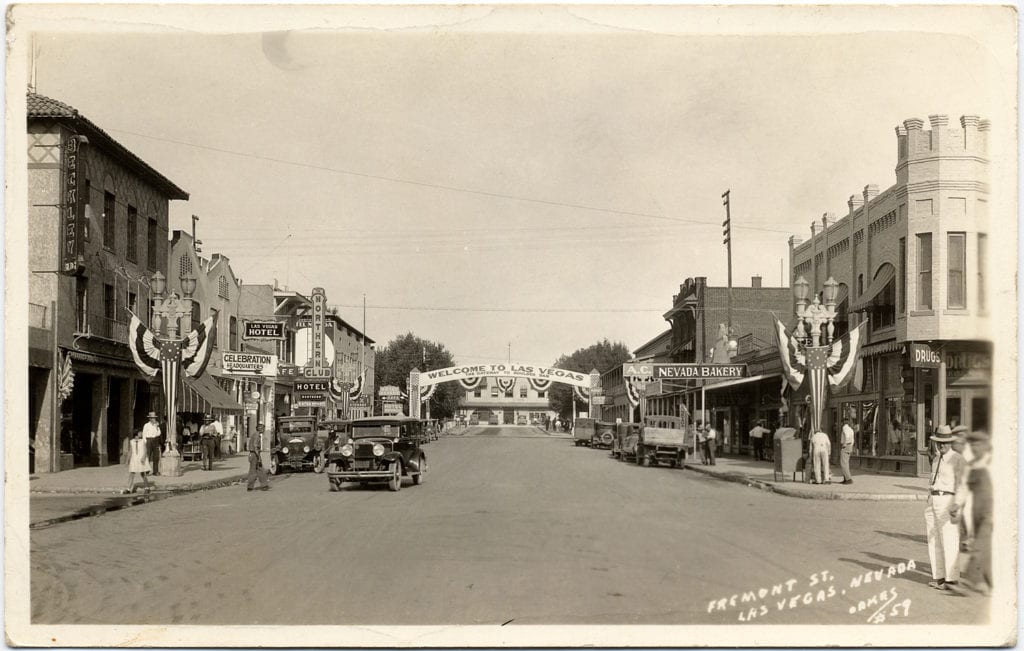
1939
During a break from filming Gone With the Wind, Hollywood legends Clark Gable and Carole Lombard take a drive to Kingman, Arizona, where they elope.
1967
Call it a micro wedding for the times. Borrowing Frank Sinatra’s private jet, Elvis Presley takes off from Palm Springs in the middle of the night with his fiancée, Priscilla. Their destination? Las Vegas, naturally. At 10 a.m. on May 1, 1967, they marry in a candle-filled suite at the Aladdin Hotel in front of 14 close friends and family, followed by a champagne breakfast reception (which is absolutely genius).
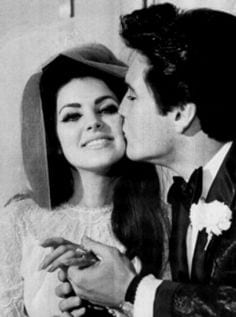
1970
Couples looking to challenge tradition start poking at the mainstream wedding model. Often, however, this amounts to little more than a made-over menu or a less-stuffy dress code. The event still follows the standard format, a church ceremony followed by a reception with a sheet cake in the basement.
1981
In December 1981, Barbara and Leonard Barnes become the first couple to get married at the brand-new, all-inclusive gift that is Sandals Montego Bay, with staff members standing in as maid of honor and best man. Sandals and its 10,000 ceremonies each year have obviously stood the test of time—as has the Barnes’s marriage.

1999
Founded in 1996 as a portal on AOL and launched on the Internet a year later, The Knot goes public in 1999. At its IPO celebration party, co-founder Carly Roney dresses as a bride and wears a $17,000 necklace from a jeweler partner. A 22-year-old staffer tells The New York Times, which covers the event, that working at The Knot hasn’t made her want to get married, saying, ”Now that I know what it entails, I’m all about the eloping thing.”
2008
As the Great Recession sweeps across the U.S., the average cost of a wedding drops to $21,814 after years of steady growth. The wedding industry—long regarded as “recession-proof”—experiences its first real financial threat since it took modern shape.
To help couples who have to cancel their big weddings due to financial hardship, New York photographer Goran Veljic creates elopement company NY1 Minute Weddings and does most of his work at the Marriage Bureau. Now an officiant, he’s helped more than 8,000 couples get married.
2009
In February, shortly after CNN publishes an article entitled “Love in the Time of Recession” (sound familiar?), two of the richest and most beautiful people in the world, Gisele Bündchen and Tom Brady, secretly get married at Saint Monica Catholic Church in Santa Monica with only immediate family in attendance. To celebrate, they throw a backyard barbecue at home: Brady grills aged NY strip steaks, the champagne flows, and they dance through the night.
Brady later tells People, “I think you always have this idea that weddings need to be 200 people, and you invite everybody, and I’m all for it if people want to do that, but I think there was really something special about just having our parents there.”
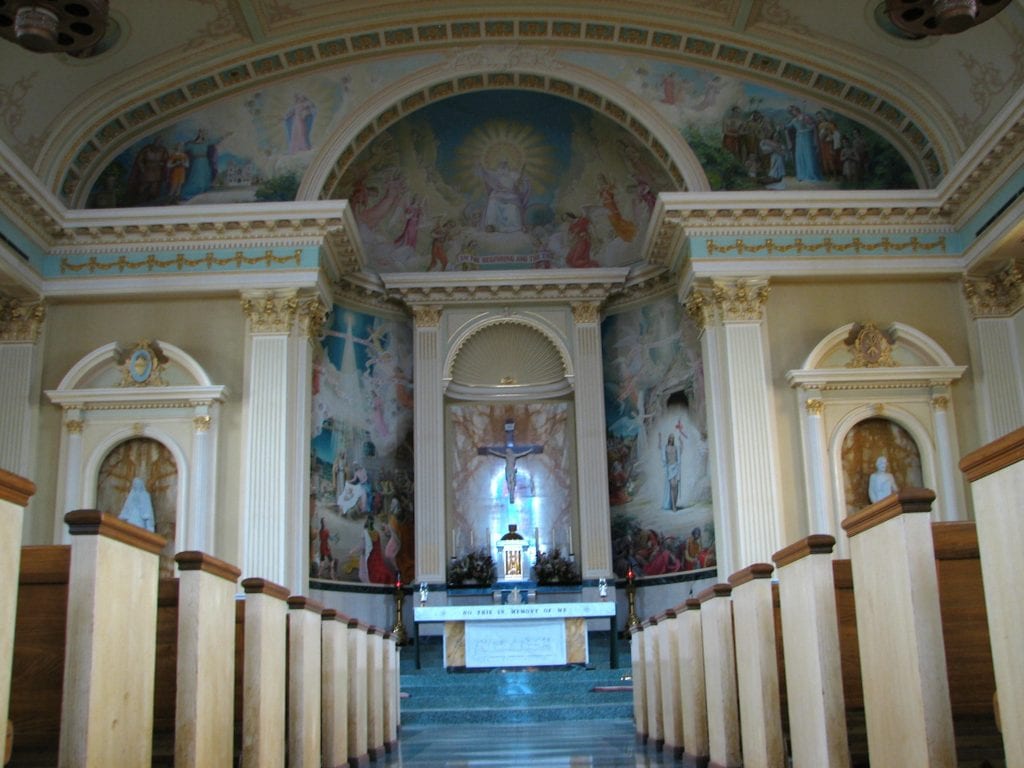
2010
Instagram launches in October and forever changes the wedding landscape. As travel content soars in popularity on the app, millennials—the “experience generation”—take note. Suddenly, photos of couples in wedding attire perched on mountain tops and oceanside cliffs begin trickling into feeds. Over the next decade, the idea of eloping gradually becomes more widely embraced and takes on different formats—a micro wedding in the backyard, dressed-up city hall nuptials, jetting off to Bali—largely thanks to Instagram.
2020
In the spring of 2020, the multi-billion dollar wedding industry experiences another major disruption, one that hits differently than the recession. The novel coronavirus, which causes covid-19, starts spreading around the world, and in March, the Centers for Disease Control and Prevention advise that gatherings of 50 people or more be canceled for eight weeks, into May—the start of wedding season. Then, in some states, gatherings of more than 10 are banned.
As venues across the country close, and international travel shuts down, couples are faced with two options: cancel their weddings and reschedule, or shrink them in guest count and socially-distance. The effect on the industry is so staggering that it prompts political commentary: In a March 23, 2020 press conference, New York Governor Andrew Cuomo urges couples to consider eloping, calling it a “small, convenient” and “very cost effective” way to get married.
Many couples made the decision to stick with their planned wedding dates, and continue to do so as the pandemic has left so much TBD. We’ve seen elopements in local parks, beaches, even living rooms, like Geoffrey and Sagal (below). After their plans to get married at Miami Beach Botanical Garden were cancelled, they wed in Sagal’s parents’ living room in Sterling, Va. Afterward, they celebrated with food and drinks from one of the only places open—Trader Joe’s.
Because—you guessed it—love always wins.

